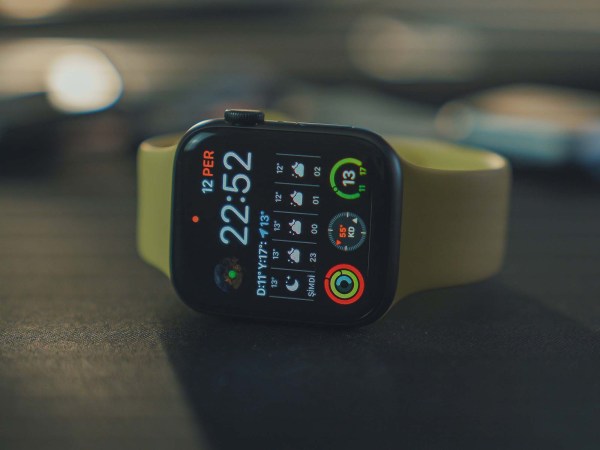

Television shows are full of badass secret agents. But only one of them has infiltrated the Oxford English Dictionary. The eponymous hero of MacGyver became a verb thanks to his penchant for building improvised solutions using only the materials at hand. He’s been inspiring makers and DIYers ever since—and now that the show is back on the air, they, in turn, are inspiring him.
“That character was so unique to the landscape because he wasn’t somebody who needed a gun or conventional tools. He was a cerebral hero who made things up as he went along,” says Peter Lenkov, the creator and executive producer of the new, rebooted MacGyver. “That was the fun of the original show, watching him build things.”
The first iteration of the series, which ran from 1985 to 1992, does differ from the reboot. Lenkov explains that, instead of flying solo, the protagonist—originally portrayed by Richard Dean Anderson and currently by Lucas Till—now works as part of a team. “There’s more of a family vibe,” he says, “more people he bounces off of.” But MacGyver himself is still the same smart, improvisational tinkerer.
And the team aims to make his exploits as plausible as possible. To that end, Lenkov and the show’s writers work with technical consultant Rhett Allain, who’s also a physics professor, blogger, and author. “I take the ideas that the writers come up with and I check the plausibility of them,” Allain explains. “It doesn’t have to be 100 percent accurate—I look at the science behind it and see if that actually could happen. Then I’ll go through the technical aspects of how you would actually have to do these things.”
For example, Allain has written in detail about how a body bag filled with fire-extinguisher foam could, technically, cushion MacGyver as he falls out of a fourth-story window. But he notes that the feat would require precise timing and a decent amount of luck. Also you should never ever ever ever ever try it yourself.
When the writers come up with a hack that wouldn’t quite work, Allain also suggests alternatives. Take the night-vision goggles that the team wanted MacGyver to build in episode 3. “They were going to color glasses red and blue, and then that would make him be able to see infrared light, Allain says. “But they just confused the idea of 3-D glasses with infrared vision.”
Instead, Allain suggested they take advantage of the fact that, in order to communicate via infrared remotes, cameras can detect infrared light. MacGyver ultimately rigs up his infrared-detecting glasses with a camera’s infrared filter, a microscope screen, and an LED light array. “Of course, it’d be hard to connect everything in a short amount of time,” Allain admits, “but it’s a completely legitimate hack.”
Some of the show’s inspirations come from writing MacGyver into an impossible situation and then brainstorming how he’d escape. Other projects are mined from the Internet. “I am a big fan of the maker movement, and I draw on maker projects for ideas too,” he says. “If I see something cool, I’ll put it in little lists. In case it’s related to a future MacGyver episode, I’ll have that ready.”
The show may draw on DIYers, but it goes both ways, with tinkerers imitating the hacks they see on the show. We asked Lenkov to find a few of MacGyver’s projects that would work well enough for amateurs to recreate. Some of these are safe enough to build at home. Others could cause death, destruction, dismemberment, etc, if done incorrectly. Unless you’re actually a secret agent, those are the ones you should avoid.






















